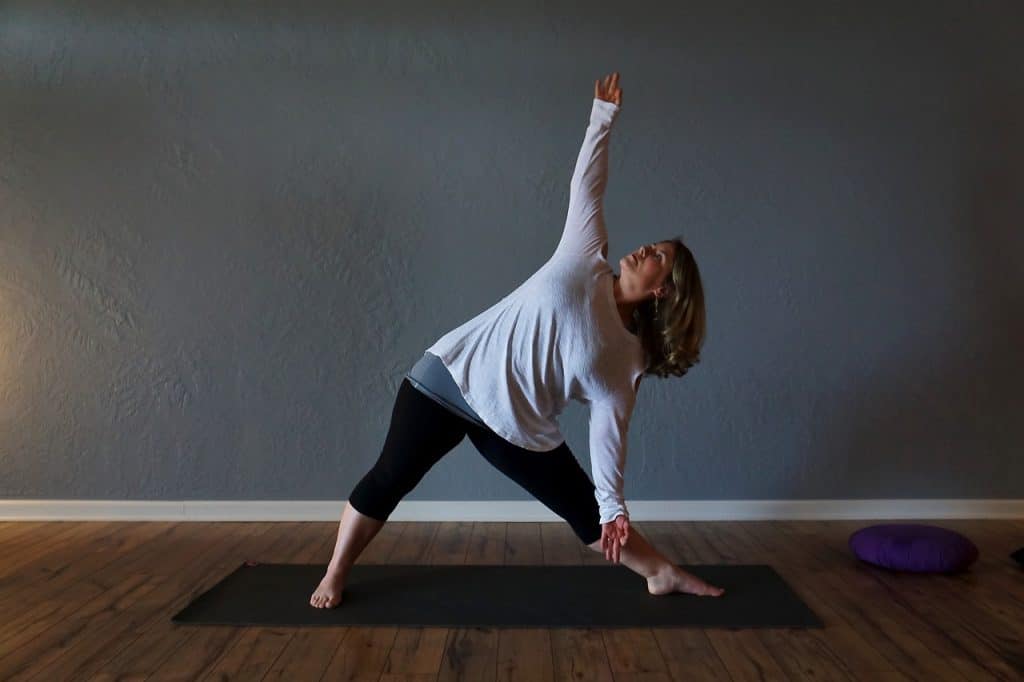Image Source: Pixabay
When we get older, one of the first things we accept is that we won’t be moving like we did in our 20s. While this may be true, don’t give up on movement completely. Just get smarter about it. Staying active is one of the best things you can do for your health, mobility, and long-term well-being.
Let’s explore simple, sustainable ways to keep moving that prioritize joint health and comfort. We’ll dive into gentle workouts, recovery strategies, and lifestyle shifts that help you stay strong without strain.
Rethinking Fitness in Your 40s and Beyond
Around your 40s, your metabolism naturally slows down, your joints may start to feel more sensitive, and recovery after exercise often takes longer than it used to.
That doesn’t mean you need to stop exercising. It just means it’s time to do it a little differently. Rather than chasing high-intensity routines that might leave you sore or injured, think in terms of what you can sustain.
Fitness at this stage is about longevity, comfort, and keeping your body functional and energized. That might mean walking instead of running, or trading jump squats for gentle squats using a resistance band.
Check in with a physician or fitness professional before starting a new routine. They can help you tailor a plan to your current fitness level, especially if you’re managing any chronic conditions or past injuries.
Building Strength Without Stressing Your Joints
Strength training is still a key player when it comes to aging well. But it doesn’t have to involve heavy weights or complicated machines. Exercises using just your body weight or a set of resistance bands can be incredibly effective for building muscle and maintaining balance.
The trick is to move with intention. Focus on controlled movement, proper alignment, and consistency over time. It’s better to do 15 minutes of well-paced strength work three times a week than one intense hour that leaves you sore for days.
Start with simple leg workouts that offer strength and mobility benefits without putting your joints at risk. Try isolation exercises like leg extensions to focus on a specific muscle group. Do mobility exercises like hip circles to enhance joint range flexibility. Then, graduate to compound movements where you engage multiple muscle groups simultaneously.
Gentle Movement Options That Still Make an Impact
When it comes to cardio, gentler options are often easier to do consistently. Walking, swimming, and yoga are all excellent choices that support heart health, flexibility, and joint mobility.
Swimming, in particular, is a standout. It’s low-impact and offers natural resistance that builds strength while taking pressure off your joints. Similarly, yoga helps improve flexibility, posture, and muscle tone with mindful, flowing movements.
Warm water therapy is another fantastic option. Whether it’s a swim in a heated pool or movements in a hot tub, the combination of heat and buoyancy can ease joint stiffness and support mobility.
For those with arthritis or chronic joint pain, hot tub exercises such as arm circles and underwater flutter kicks offer a soothing and low-impact way to stay active and relieve pain.
Try creating a weekly schedule that mixes these activities, like walking on Monday, yoga on Wednesday, and a warm water session on Friday, balanced with time for rest and recovery.
Managing Pain and Recovery the Smart Way
Recovery matters just as much as the workout itself, especially after 40. Prioritize stretching before and after movement, and don’t underestimate the power of a good night’s sleep. If you’re feeling stiff, take a warm bath to loosen up.
When aches and pains do pop up, turn to magnesium sprays and foam rollers, or specialized topical relief products that combine active ingredients in carefully calibrated ratios to minimize pain signals at the source while supporting the body’s natural healing process.
Some people also benefit from supplements that support joint health, such as glucosamine, turmeric, or collagen. Always check with your doctor before adding new supplements to your routine, especially if you’re on other medications.
Conclusion
Movement doesn’t have to be intense to be effective, and after 40, it shouldn’t hurt to help. The real goal is feeling good in your body.
When you focus on consistency over intensity, and care just as much about recovery as you do about reps and routines, fitness becomes a life-enhancing habit instead of a chore. So take that walk. Unroll that yoga mat. Step into that warm pool. Remember: Wellness is a lifelong practice, not a finish line.





















